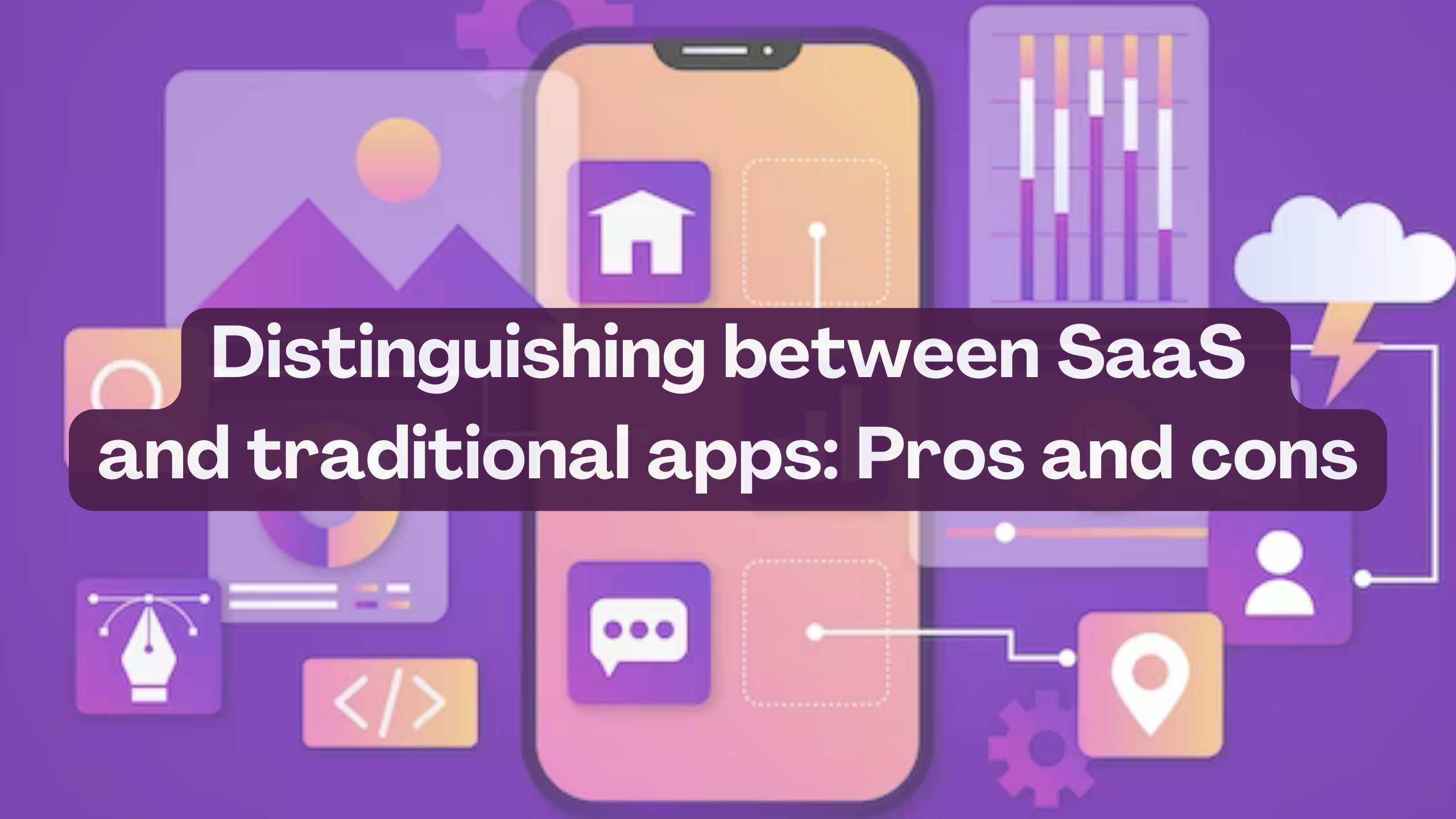Distinguishing between SaaS and traditional apps: Pros and cons
- Expense Management Software Credit Cards Investing Business Solutions


Distinguishing between SaaS and Traditional Apps: Pros and Cons
In the realm of software applications, two models dominate the landscape: Software as a Service (SaaS) and traditional applications. Understanding the differences between them is crucial for businesses and individuals seeking the most suitable software solutions. This article explores the distinctions, advantages, and disadvantages of SaaS and traditional apps, shedding light on their respective merits and limitations.
Exploring SaaS and Traditional Apps
Software as a Service (SaaS)
SaaS applications operate on a subscription basis, accessible via the internet. They offer several advantages:
- Accessibility: SaaS apps can be accessed from any device with an internet connection, providing flexibility and convenience for users.
- Scalability: SaaS solutions often offer scalable plans, allowing users to adjust their subscription levels based on their evolving needs.
- Automatic Updates: Users benefit from automatic updates and maintenance, ensuring they always have access to the latest features and security patches.
Traditional Applications
Traditional applications, installed locally on devices, offer distinct characteristics:
- Control: Users have greater control over traditional applications, as they are installed directly on their devices, minimizing reliance on internet connectivity.
- Customization: Traditional apps can be customized extensively to suit specific requirements, offering a higher degree of flexibility in functionality and design.
- One-time Purchase: Unlike SaaS subscriptions, traditional applications are typically purchased with a one-time payment, providing cost-effectiveness over time.
Pros and Cons Comparison
SaaS Applications
Pros:
- Accessibility from any device.
- Scalable subscription plans.
- Automatic updates and maintenance.
Cons:
- Dependency on internet connectivity.
- Ongoing subscription costs.
- Limited customization options compared to traditional apps.
Traditional Applications
Pros:
- Greater control and privacy.
- Extensive customization capabilities.
- One-time purchase model can be cost-effective in the long run.
Cons:
- Limited accessibility without internet connection.
- Manual updates and maintenance required.
- Initial purchase cost may be higher compared to SaaS subscriptions.
Making an Informed Decision
Choosing between SaaS and traditional applications depends on various factors, including budget, flexibility requirements, and accessibility needs. Businesses and individuals must weigh the pros and cons of each model before making a decision.
Exploring SaaS Products
To delve deeper into the world of SaaS solutions, consider exploring the following products:
- Google Workspace: A suite of productivity tools including Gmail, Drive, Docs, and Sheets, accessible from any device with internet connectivity.
- Microsoft 365: Offers a range of productivity apps, collaboration tools, and cloud storage solutions for businesses and individuals.
- Salesforce: A leading customer relationship management (CRM) platform, providing cloud-based solutions for sales, marketing, and customer service.
Conclusion
In conclusion, understanding the differences between SaaS and traditional applications is essential for making informed decisions in today’s digital landscape. By weighing the pros and cons of each model and exploring relevant SaaS products, individuals and businesses can harness the power of technology to drive efficiency and productivity. Subscribed.FYI serves as a valuable resource for individuals and businesses seeking to understand, compare, and manage their SaaS stack effectively. By providing centralized information about various SaaS tools, Subscribed.FYI empowers users to make informed decisions tailored to their specific requirements.
Relevant Links:





